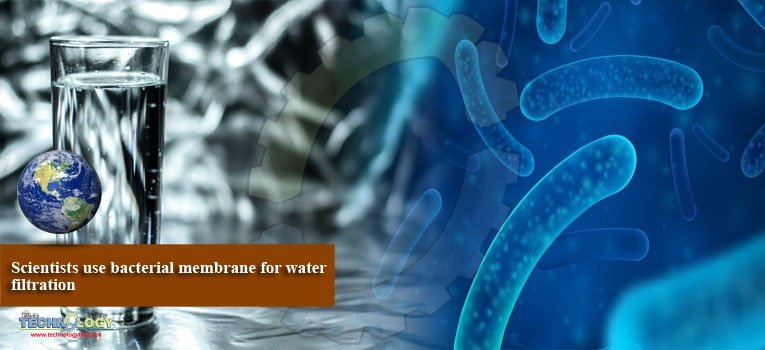Scientists have designed a novel filtration technology which they say purifies water using bacterial membranes and graphene oxide.

More than one in 10 people in the world lack basic drinking water access, and by 2025, half of the world’s population will be living in water-stressed areas, said researchers.
The new ultrafiltration membrane purifies water while preventing biofouling or buildup of bacteria and other harmful microorganisms that reduce the flow of water, they said.
If the technique is scaled up to a large size, it could benefit many developing countries where clean water is scarce. Biofouling accounts for nearly half of all membrane fouling and is highly challenging to eradicate completely.
The researchers previously developed other membranes using gold nanostars, but wanted to design one that used less expensive materials.
Their new membrane begins with feeding Gluconacetobacter hansenii bacteria a sugary substance so that they form cellulose nanofibres when in water.
The team then incorporated graphene oxide (GO) flakes into the bacterial nanocellulose while it was growing, essentially trapping GO in the membrane to make it stable and durable.
After GO is incorporated, the membrane is treated with base solution to kill Gluconacetobacter.
During this process, the oxygen groups of GO are eliminated, making it reduced GO. When the team shone sunlight onto the membrane, the reduced GO flakes immediately generated heat, which is dissipated into the surrounding water and bacteria nanocellulose.
The membrane created from bacteria also can kill bacteria, researchers said.